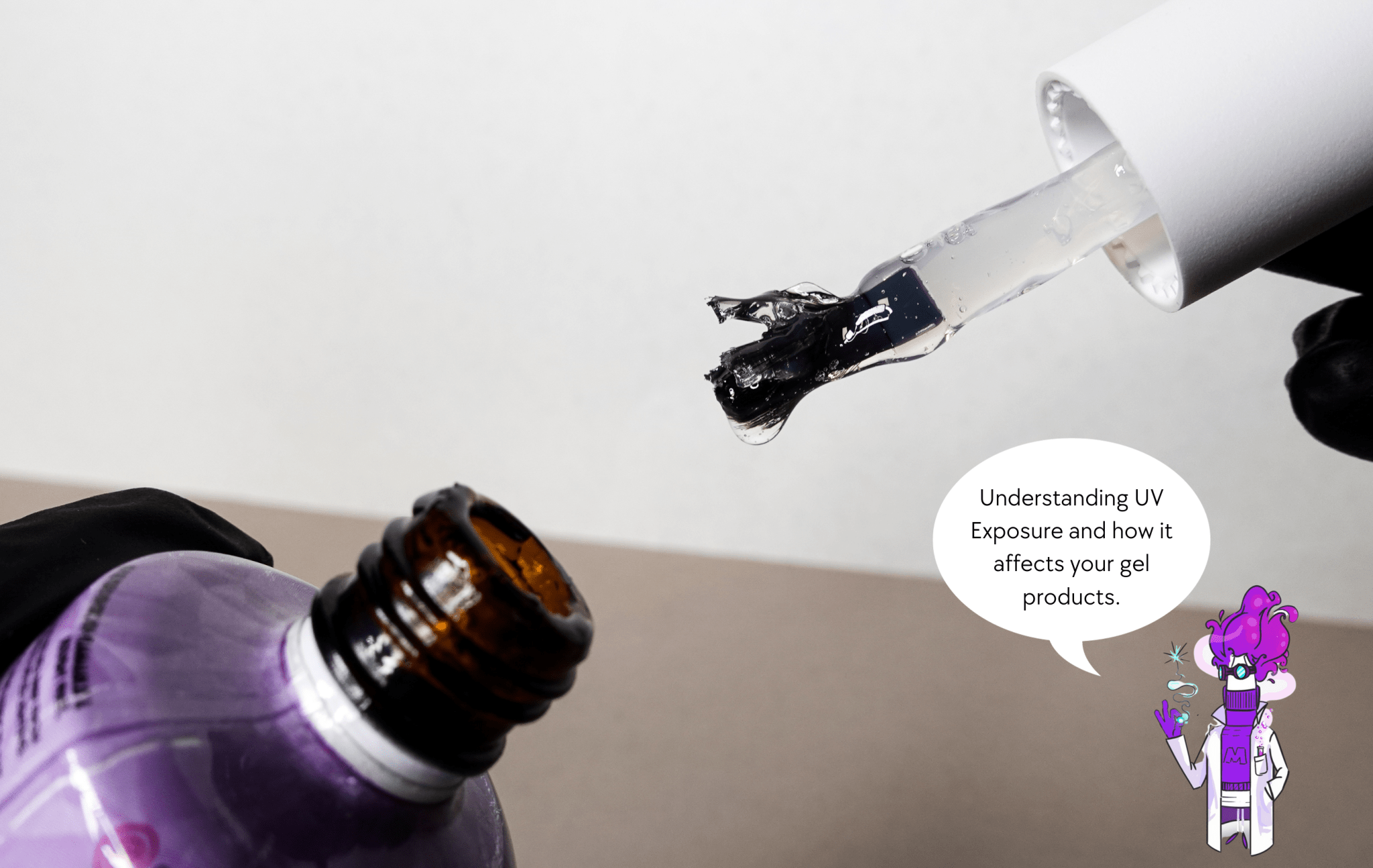-
DepartmentsGel Polish 3 Pack Bundle5 Pack Bundle7ml Line Art Gel15ml Gel Polish ColoursBase & Top CoatsSpecial EffectsGel Polish KitWildcatGel Polish Builder GelGel-iT Thick Colour GelMolten MetallicMoulding GelSculpture GelSpider GelSolid Led/Uv BondTexture GelXtreme Rubber Building GelBrushes & Tools Brush RestsClippers & NippersCuticle PushersDappen DishMenda PumpsPinching ToolsScissorsScraping ToolsSilk WrapsSmile Line CuttersSoaking BowlsTip ClampsTip CuttersBuffers, Files & Liquids E-File BitsE-File Brush BitPortable Mini E-FileProfessional E-FileSanding BandCuticle Care & Adhesives 2 Phase OilsCuticle Oil PensCuticle RemoversDry Shimmer OilsDry Strenghtening OilsNail Growth OilsShimmer FirmingNail Art Acrylic Paint MarkerAir BrushMarble InkArt ToolsDisplaysDry Flower PacksFairy ThreadsMixing PalletsNail Art TweezerPom Pom PacksShell PaperSilicone MouldsStriping TapeTable MatThe PottleWater Colour SetsNail Art Angel PaperLaser Foil StickersNail HugsNail StickersTransfer Foil CaseTransfer Foil SheetsWater TransfersNail Tips & Forms Cut Out TipsFull Cover TipsHalf Moon TipsIllusion TipsRevolution TipsSoft Gel TipsHand & Foot Care Gel-ohh jelly spaGel-ohh - Spa SetAvry Mani & Pedi KitsMani in a Box 3 StepPedi In a Box 4 StepPedi in a Box GlimmerPedi in a Box O2 BubblyPedi in a Box O2 Fizz 5 StepPedi in a Box Ultimate 6 StepDepartments
-
Recently Viewed
You have no recently viewed items.
- Home Page
- Gift Cards
- Blog
- Customer Support
- Our Stores
-
Training -
Reseller Programme
Reseller Programme - Easy Order Form
- Track your Order

Understanding UV Exposure
Understanding UV Exposure and how it affects your gel products.
If you're a nail technician or a gel polish enthusiast, you've likely encountered the frustration of gel polish top and base coats curing prematurely around the bottleneck and on the brushes. This issue has plagued the nail industry for years, and it's not exclusive to any particular brand. In this blog post, we'll explore why this happens and provide some tips on how to avoid it.
The Evolution of UV Nail Products
UV nail products, including Gel Polish systems and LED light technology, have come a long way. These innovations have revolutionized the way we do our nails, but they've also introduced a new set of challenges. Gel polishes contain ingredients that are incredibly sensitive to light, making them prone to curing when they shouldn't.
The Role of UV Light
During the application of gel polish, it's crucial to ensure that your work area is shielded from all forms of light, especially UV and natural daylight. This means avoiding direct sunlight, windows, conservatories, outdoor pamper parties, skylights, and even some LED ceiling lights. Any exposure to direct light can wreak havoc on your gel polish top and base coats and even some colours. To prevent this, always store these products in a cool, dark place, away from any potential direct light sources.
The Dreaded Brush Hardening Phenomenon
The most common issue related to UV exposure is brush hardening. This phenomenon primarily affects top coats and base coats and soft/translucent shades because they lack pigment, allowing light to penetrate directly through them. In a matter of seconds, your brush can go from soft and pliable to hard and unusable.
Understanding Importance
It's essential to recognize that this brush hardening is not a product fault; it's a result of exposure to UV light. Many gel polish brands worldwide experience this issue. Companies are not obligated to replace products damaged due to UV exposure. Instead, it's your responsibility to ensure that your work environment aligns with the product's requirements.
Lets use a this funny analogy
Think of it this way: it's like buying raw chicken from a grocery store and then leaving it out on the kitchen counter instead of storing it in the fridge. When the chicken goes bad, you can't blame the store and demand a refund; the responsibility lies with you for not following proper storage guidelines.
Managing Brush Hardening/Curing
If you encounter brush hardening, don't panic. It's not the end of the world, and you can salvage your gel polish. Here's what you can do:
Clean the Brush: If your brush has bits of cured gel on it, try cleaning it with acetone. This may help restore its usability.
Get a New Brush: If cleaning doesn't work, consider getting a new brush for your gel polish. This is often the most effective solution.
Remove the Old Brush: If all else fails, remove the old brush from the bottle and close it tightly. Then, use a separate gel brush to apply the top or base coat.
Conclusion
In the world of gel polish, understanding the relationship between UV exposure and brush hardening is crucial. By taking responsibility for the environment in which you work and following proper storage guidelines, you can prevent common issues and enjoy a seamless gel polish experience. Remember, not everything is the manufacturer's fault, and sometimes, it's essential to take ownership of the situation. Remember knowledge is power and we love that we are able to give you the info to help you Gel-it like a PRO!!
- Choosing a selection results in a full page refresh.

